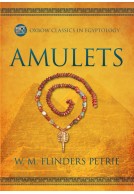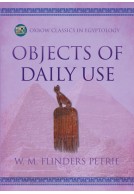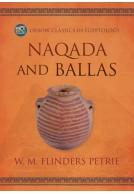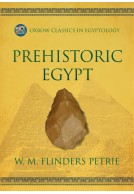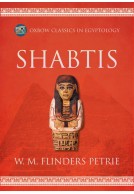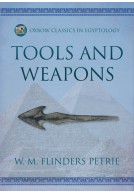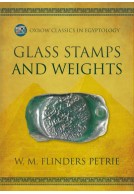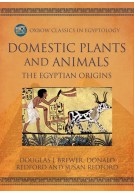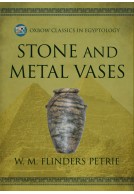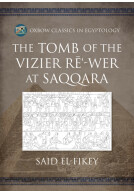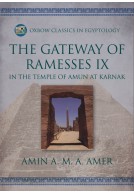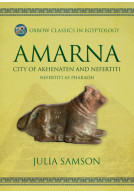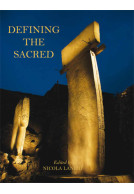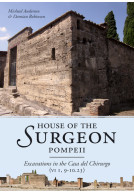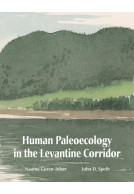Amulets (Paperback)
By
Sir W M Flinders Petrie
Imprint: Oxbow Books
Series: Oxbow Classics in Egyptology
Pages: 144
Illustrations: Fully illustrated with photographs and illustrations
ISBN: 9798888570005
Published: 15th February 2023
Script Academic & Professional
Imprint: Oxbow Books
Series: Oxbow Classics in Egyptology
Pages: 144
Illustrations: Fully illustrated with photographs and illustrations
ISBN: 9798888570005
Published: 15th February 2023
Script Academic & Professional
You'll be £24.95 closer to your next £10.00 credit when you purchase Amulets. What's this?
+£4.99 UK Delivery or free UK delivery if order is over £40
(click here for international delivery rates)
Order within the next 11 hours, 32 minutes to get your order processed the next working day!
Need a currency converter? Check XE.com for live rates
(click here for international delivery rates)
Order within the next 11 hours, 32 minutes to get your order processed the next working day!
Need a currency converter? Check XE.com for live rates
This facsimile edition of the 1972 reissue of Flinders Petrie’s 1914 pioneering typological catalogue of Egyptian amulets, is one of a number of such catalogues to be reissued in this new series. Remarkably – although points of detail emanating from more recent research have surfaced – it remains unsurpassed in its comprehensive description, typological classification, and interpretation. While an absence of reasoned argument for the dating of his various groups is a weak point of Petrie’s study from the point of view of modern scholarship, his attention to detail and careful consideration of typology and potential meaning, borne of decades of observation, means that this, and the other catalogues in the series, remain as invaluable reference books for Egyptologists.
Based on examination of his own extensive collection of Egyptian artifacts, Petrie presents a typologically ordered catalogue divided into seven main groups defined on the basis of interpretation rather than subject: amulets of ‘similar’ kind, for example, relating to body parts; power; property; protection; human-headed; animal-headed; and animal gods. Each class of object is described along with its varieties: material, distribution, position within burials, its chronological position as defined by Petrie himself, and its meaning interpreted. Collections containing examples are listed and hundreds of objects are presented in photographs and a selection of burial associations illustrated by coffin plans.
There are no reviews for this book. Register or Login now and you can be the first to post a review!
About Sir W M Flinders Petrie
Sir William Matthew Flinders Petrie (1853–1942) was a pioneer in the field of ‘modern’ archaeology. He introduced the stratigraphical approach in his Egyptian campaigns that underpins modern excavation techniques, explored scientific approaches to analysis and developed detailed typological studies of artefact classification and recording, which allowed for the stratigraphic dating of archaeological layers. He excavated and surveyed over 30 sites in Egypt, including Giza, Luxor, Amarna and Tell Nebesheh.
More titles by Sir W M Flinders Petrie
Other titles in the series...
Other titles in Oxbow Books...







